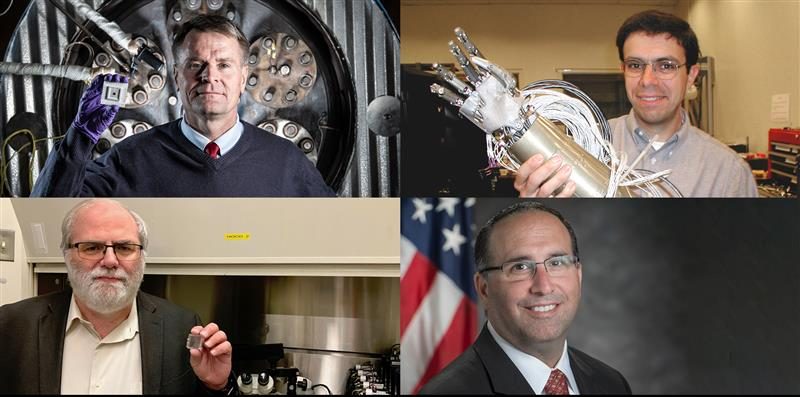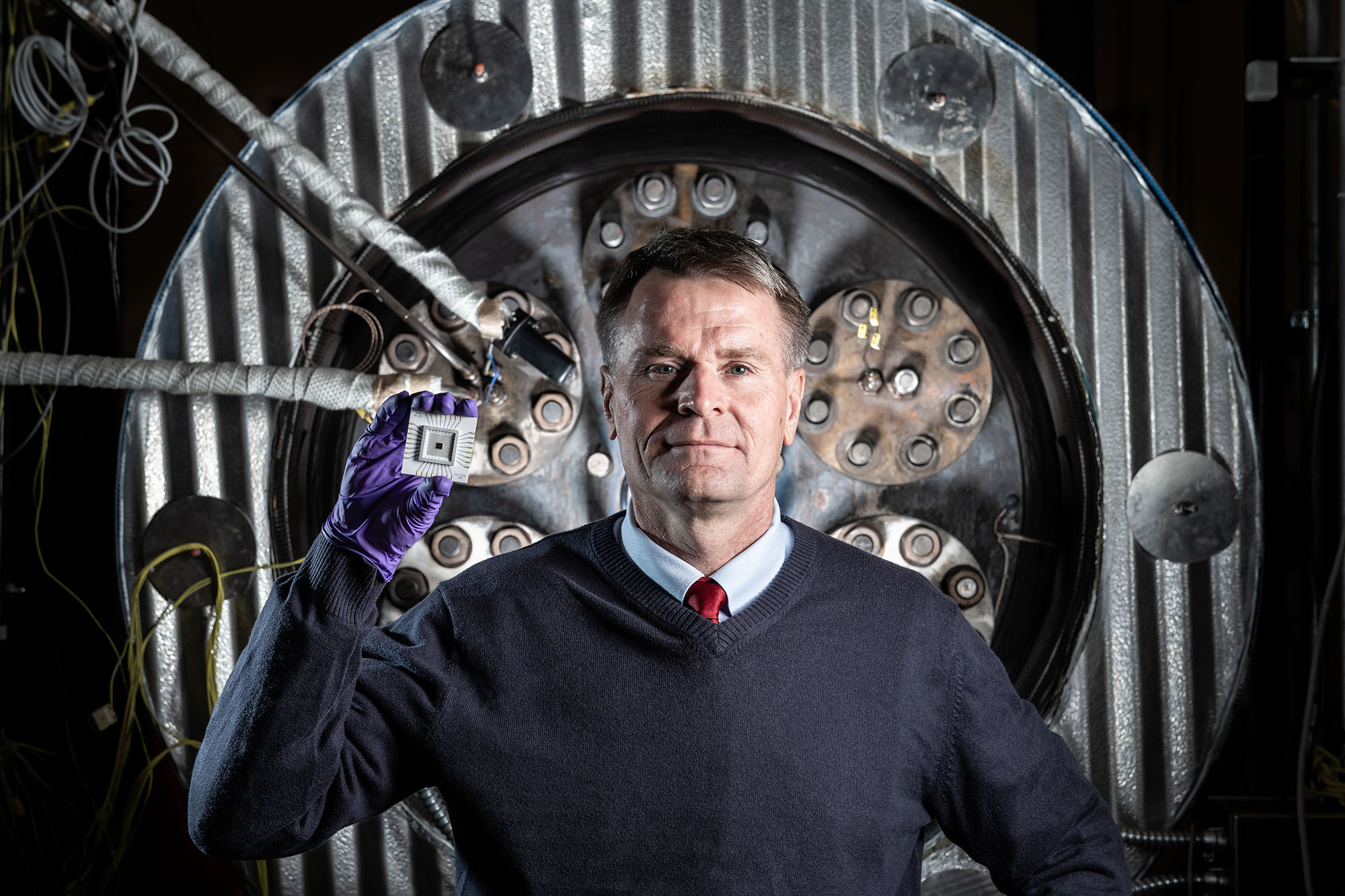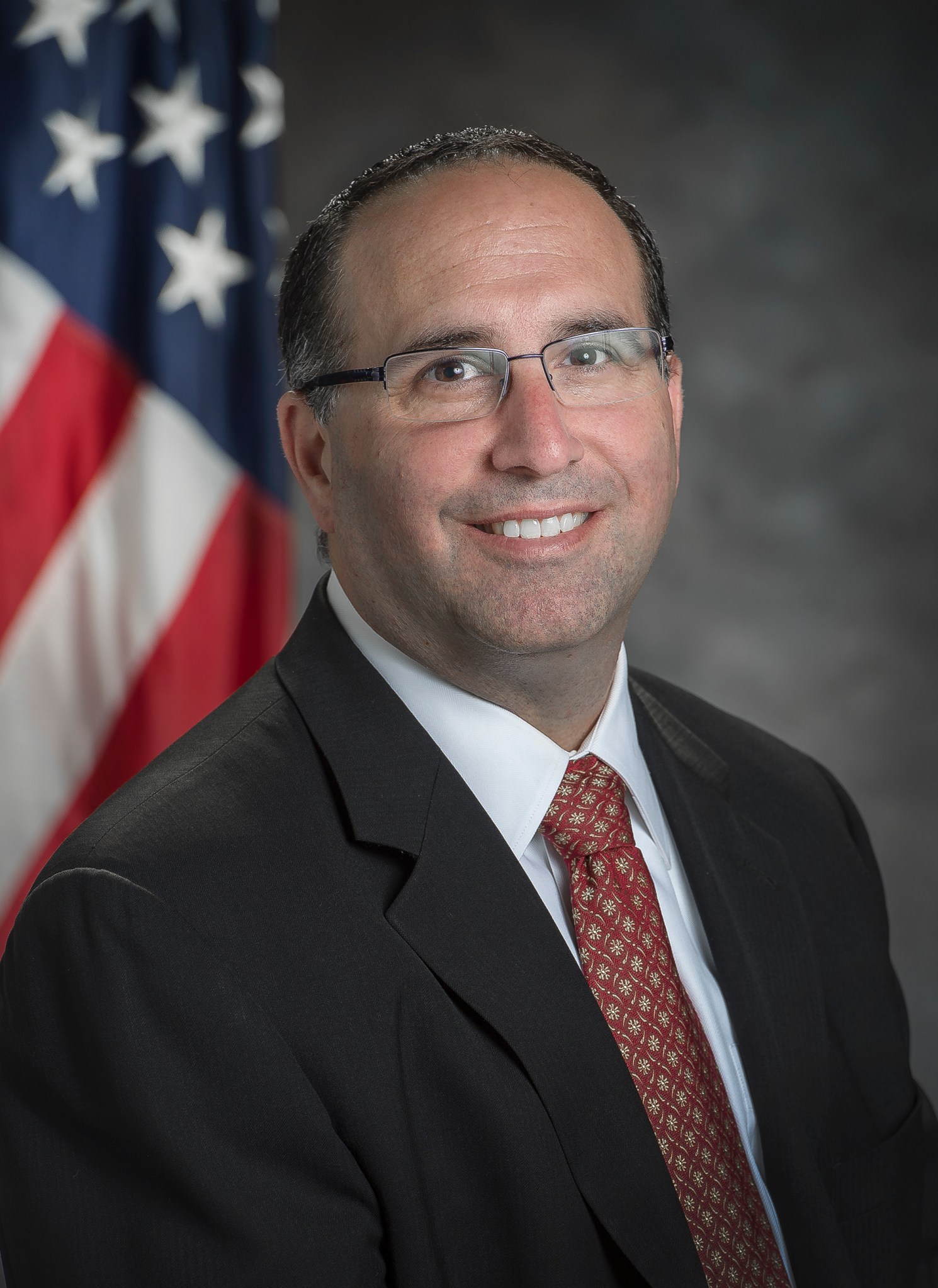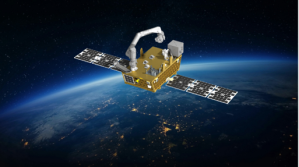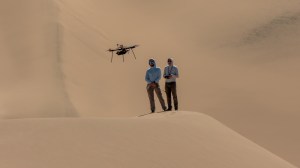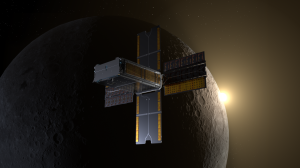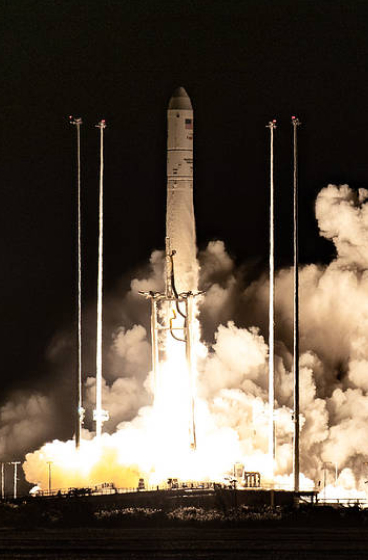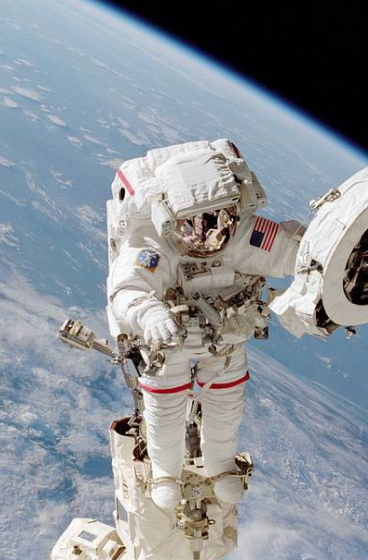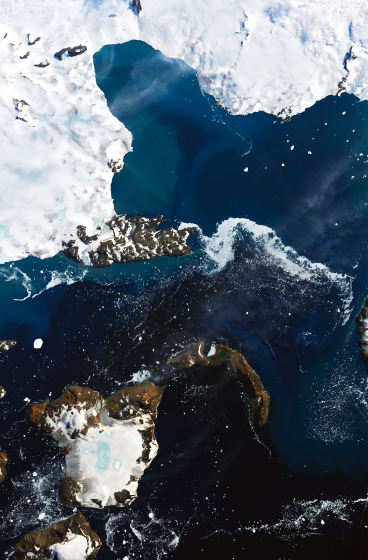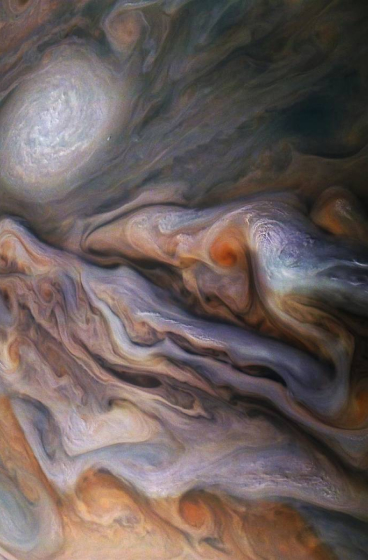When most people think of NASA, they picture rockets, astronauts, and the Moon. But behind the scenes, a group of inventors is quietly rewriting the rules of what’s possible — on Earth, in orbit, and beyond. Their groundbreaking inventions eventually become technology available for industry, helping to shape new products and services that improve life around the globe. For their contributions to NASA technology, we welcome four new inductees into the 2024-2025 NASA Inventors Hall of Fame
A robot for space and the workplace
Myron (Ron) Diftler led the team behind Robonaut 2 (R2), a humanoid robot developed with General Motors. The goal was to create a robot that could help humans both in space and on the factory floor. The R2 robot became the first humanoid robot in space aboard the International Space Station, and part of its technology was licensed for use on Earth, leading to a grip-strengthening robotic glove to help humans with strenuous, repetitive tasks. From factories to space exploration, Diftler’s work has real-world impact.
Some of the toughest electronic chips on and off Earth
Technology developed to one day explore the surface of Venus has to be tough enough to survive the planet where temperatures hit 860°F and the atmosphere is akin to battery acid. Philip Neudeck’s silicon carbide integrated circuits don’t just work — they ran for over 60 days in simulated Venus-like conditions. On Earth, these chips can boost efficiency in wireless communication systems, help make drilling for oil safer, and enable more practical electric vehicles.
From developing harder chip materials to unlocking new planetary missions, Neudeck is proving that the future of electronics isn’t just about speed — it’s about survival.
Hydrogen sensors that could go the distance on other worlds
Gary Hunter helped develop a hydrogen sensor so advanced it’s being considered for a future mission to Titan, Saturn’s icy moon. These and a range of other sensors he’s helped developed have applications that go beyond space exploration, such as factory floors here on Earth.
With new missions on the horizon and smarter sensors in development, Hunter is still pushing the boundaries of what NASA technology can do. Whether it’s Titan, the surface of Venus, or somewhere we haven’t dreamed of yet, this work could help shape the way to get there.
Advanced materials research to make travel safer
Advanced materials, such as foams and composites, are key to unlocking the next generation of manufacturing. From space exploration to industry, Erik Weiser spent years contributing his expertise to the development of polymers, ceramics, metals, nanomaterials, and more. He is named on more than 20 patents. During this time, he provided his foam expertise to the Space Shuttle Columbia accident investigation, the Shuttle Discovery Return-to-Flight Investigation and numerous teams geared toward improving the safety of the shuttle.
Today, Weiser serves as director of the Facilities and Real Estate Division at NASA Headquarters, overseeing the foundation of NASA’s missions. Whether it’s advancing research or optimizing real estate across the agency, he’s helping launch the future, one facility at a time.

























